Unlocking the Future: How Structured Wiring Enhances Your Smart Home Experience
In today's rapidly evolving technological landscape, the concept of a smart home has transformed from a futuristic dream into a tangible reality. At the heart of this transformation lies the crucial role of structured wiring, a sophisticated system that ensures seamless communication between various smart devices throughout your home. By integrating structured wiring into your home design, you can enhance connectivity, improve functionality, and create a more efficient living environment.

This guide aims to explore how structured wiring serves as the backbone of a sophisticated smart home experience, enabling homeowners to harness the full potential of their connected devices. From optimizing internet speeds to ensuring reliable performance of smart security systems, the use of structured wiring not only elevates convenience and accessibility but also paves the way for future advancements in home automation.
Join us as we unlock the potential of structured wiring to redefine your living space into a smart sanctuary.
Understanding Structured Wiring and Its Importance in Smart Homes
Structured wiring is a fundamental component in the development of smart homes, serving as the backbone for reliable and high-performance connectivity. It involves a network of cables and connectors that facilitate the seamless communication between various smart devices such as security systems, lighting controls, and home entertainment systems. By utilizing structured wiring, homeowners can ensure that their devices function harmoniously, providing a smoother and more efficient smart home experience.
The importance of structured wiring becomes particularly evident as the number of connected devices in a home continues to grow. With a well-designed wiring system, homeowners can avoid common issues such as signal interference and inadequate bandwidth, which are often experienced with wireless solutions. Additionally, structured wiring allows for future scalability; as new smart devices and technologies emerge, the existing framework can accommodate these advancements without requiring extensive overhauls. This adaptability makes structured wiring not just a practical choice but also a strategic investment for any smart home.
Unlocking the Future: How Structured Wiring Enhances Your Smart Home Experience
| Feature | Importance | Benefits |
|---|---|---|
| High-Speed Internet Connectivity | Facilitates seamless online activities | Supports streaming, gaming, and video conferencing without interruptions |
| Centralized Control System | Enables easy management of smart devices | Improves convenience and accessibility for users |
| Future-Proof Infrastructure | Accommodates upcoming technology advancements | Ensures longevity and reduces the need for upgrades |
| Enhanced Security Systems | Provides robust protection for your home | Integrates surveillance and alarms for peace of mind |
| Audio/Video Distribution | Delivers high-quality media experiences | Allows simultaneous streaming in multiple rooms |
Key Components of Structured Wiring for Optimal Connectivity
In the era of smart homes, structured wiring serves as the backbone for optimal connectivity and seamless integration of various smart devices. According to the Consumer Technology Association, nearly 70% of homes are expected to be equipped with smart technologies by 2025, making structured wiring even more essential for homeowners who seek to enhance their daily lives through technology. Key components of structured wiring systems include Ethernet cables, coaxial cables, and telephone wiring, all of which enable peak performance for internet access, streaming services, and inter-device communication.
Ethernet cables, particularly those rated CAT6 or CAT6a, provide high-speed data transfer capabilities that can exceed 10 Gbps over short distances, making them ideal for streaming high-definition content and gaming. Additionally, coaxial cables facilitate reliable television connections, while telephone wiring supports traditional voice communication services. Integrating these components ensures that every room in a smart home is equipped for rapid connectivity, minimizing dead zones and buffering issues. As more homeowners prioritize smart living solutions, investing in structured wiring not only enhances current functionalities but also future-proofs their homes against the rapidly evolving technology landscape.
Unlocking the Future: Key Components of Structured Wiring for Optimal Connectivity
Benefits of Structured Wiring in Enhancing Smart Home Experiences
Structured wiring plays a crucial role in enhancing the smart home experience by providing a reliable foundation for all connected devices. By integrating structured wiring systems, homeowners can ensure that their smart devices communicate seamlessly, enabling features like automated lighting, security systems, and climate control to work in concert. Unlike traditional wiring methods, structured wiring focuses on flexibility and scalability, allowing for easy updates as technology evolves. This future-proofing means that users can upgrade their devices without the need for extensive rewiring, saving time and money in the long run.
Additionally, structured wiring improves signal strength and reduces interference, leading to a more stable and efficient smart home network. With a centralized wiring hub, devices can be connected through high-quality cables that support higher bandwidth and faster data transmission. This results in enhanced performance and responsiveness for applications like streaming entertainment, video conferencing, and remote monitoring. As smart homes become increasingly sophisticated, the benefits of structured wiring will become more evident, making it a vital investment for anyone looking to maximize their home automation experience.
How Structured Wiring Facilitates Seamless Integration of Smart Devices
Structured wiring is the backbone of a smart home, allowing for seamless integration of various smart devices. With the increasing adoption of the Internet of Things (IoT) in residential environments, the infrastructure of homes must evolve to support advanced connectivity. Studies indicate that behavioral factors significantly influence homeowners' decisions to embrace IoT technologies, highlighting the importance of a robust wiring system that can efficiently manage data flow between devices.
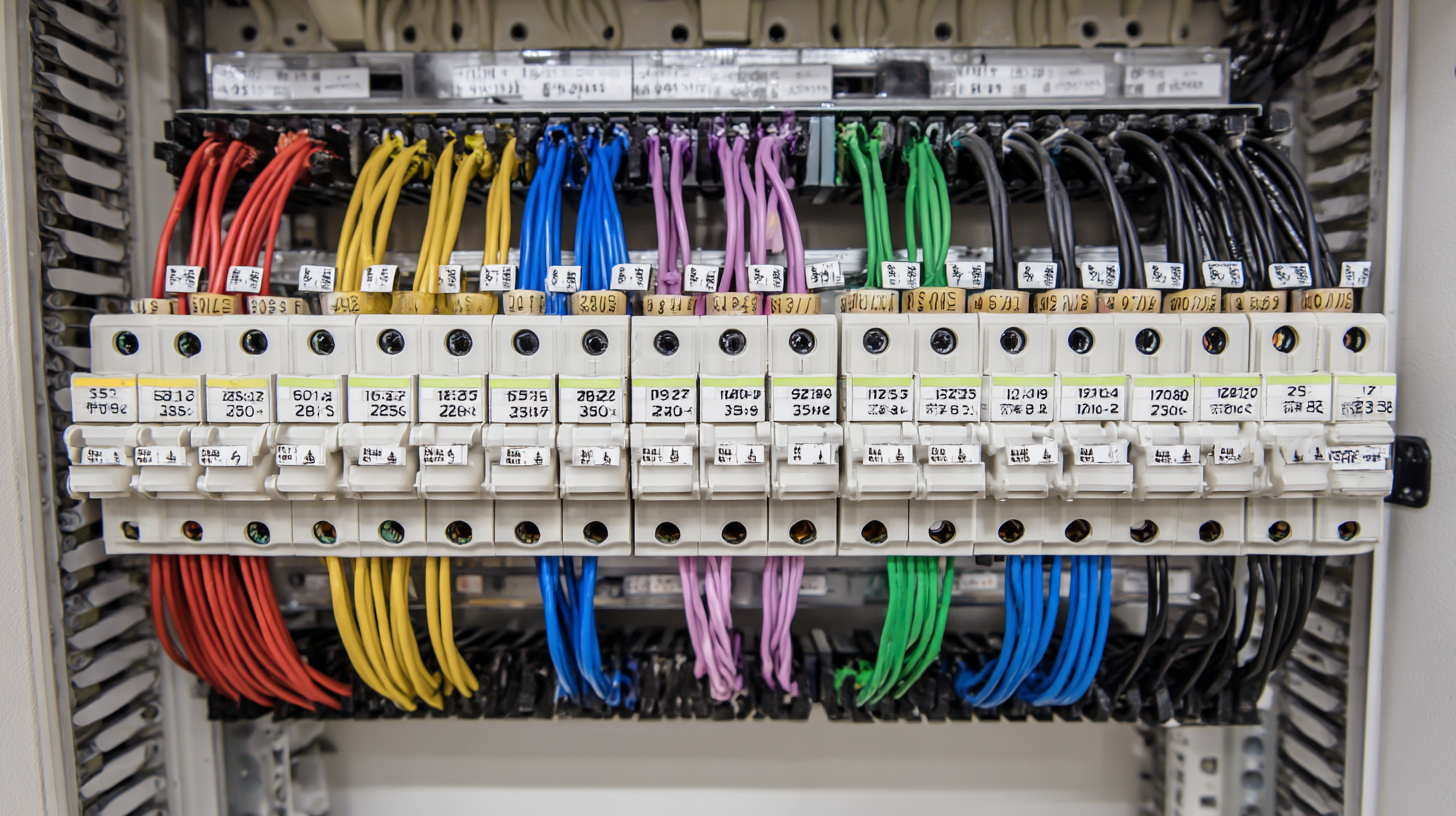
In addition, as technological advancements like 6G wireless communication emerge, they promise to enhance the smart home experience by offering faster and more reliable connectivity. This evolution will allow for better communication among devices, ensuring that critical applications perform optimally without disruption. Furthermore, integrating comprehensive data management protocols within structured wiring systems can address ethical and legal challenges, particularly concerning data privacy and security. As smart home technologies become more sophisticated and interconnected, a well-planned structured wiring framework is crucial to unlock the full potential of a smart living space.
Future Trends in Structured Wiring for Advanced Smart Home Solutions
The evolution of structured wiring is pivotal to enhancing the smart home experience, especially as we look toward future trends. With the rise of advanced smart home automation systems (SHAS), homeowners are increasingly seeking seamless and efficient connectivity solutions that integrate various devices and technologies. A robust structured wiring framework can provide the backbone for these smart solutions, facilitating data transfer and communication between multiple devices. This interconnected framework will be essential in achieving the full potential of home automation, transforming traditional residences into futuristic living spaces.
Moreover, as technological advancements continue to emerge, the demand for next-generation connectivity solutions will likely expand. Wireless power transfer, enhanced internet of things (IoT) applications, and smart energy management systems are all areas projected to shape smart home ecosystems. Future trends indicate a shift towards more sustainable and AI-native communication methods, streamlining operations while minimizing energy consumption. By investing in structured wiring today, homeowners can stay ahead of these trends, ensuring that their smart homes not only meet present-day expectations but also adapt to the innovations that lie ahead.
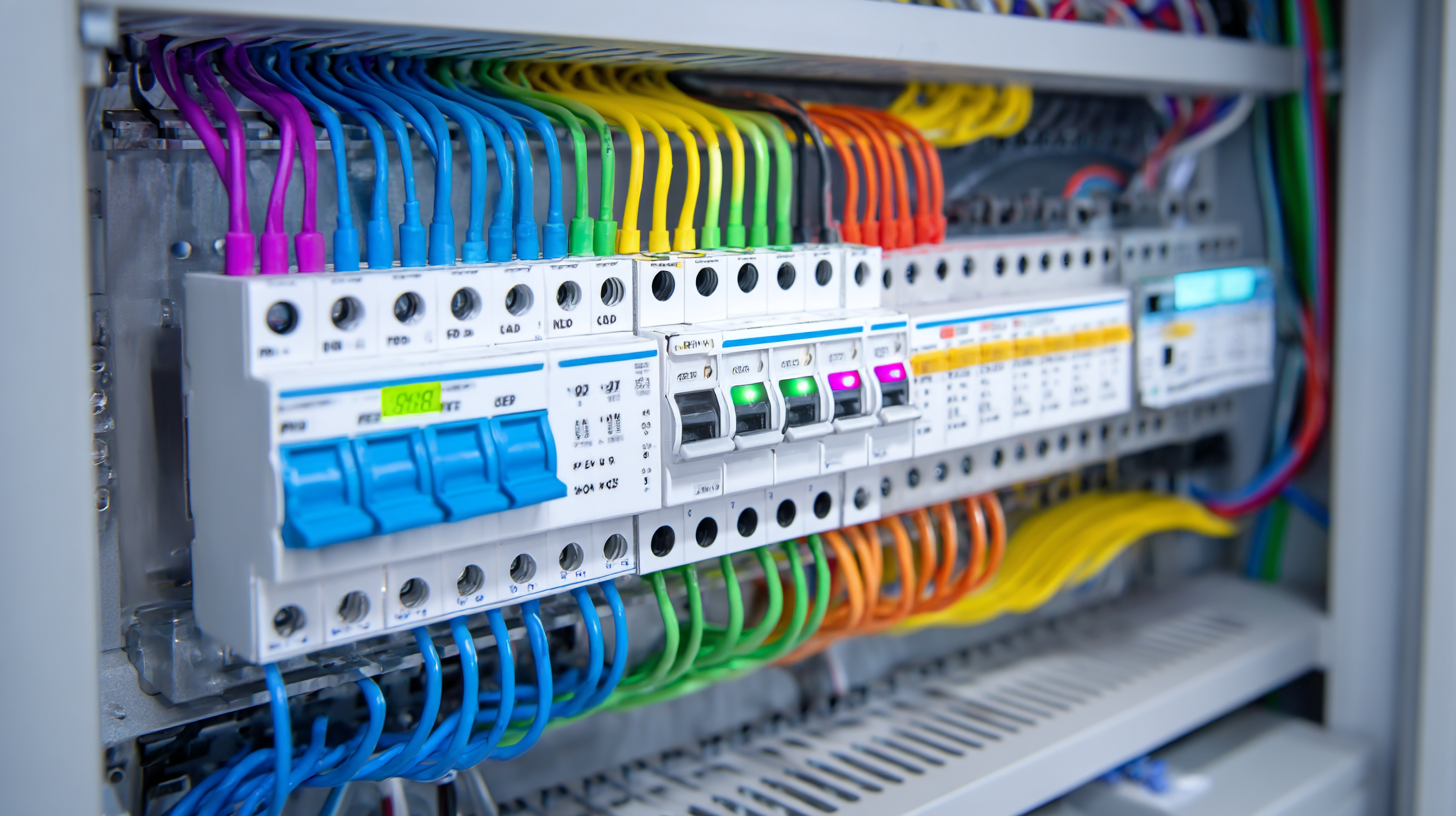
Related Posts
-
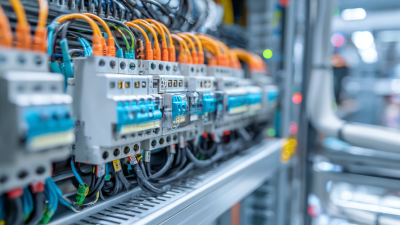
Unlocking Growth: Structured Wiring Trends and Insights for the 138th Canton Fair 2025 in China
-

Understanding the Consequences of RJ45 Tester Misconfigurations in Network Performance
-
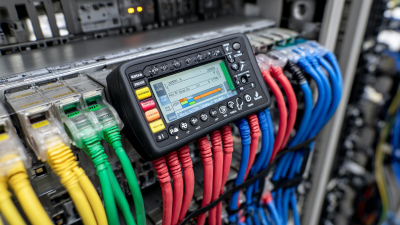
The Ultimate Guide to Understanding Cable Testers and Their Importance in Modern Networking
-
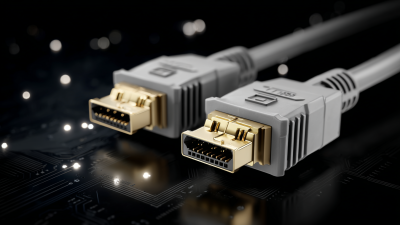
Revolutionizing Ethernet Connectors Industry Insights from the 138th Canton Fair 2025
-

Challenges Faced by Businesses Using Ineffective Cable Management Tools
-
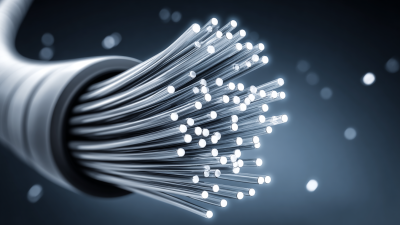
Maximize Your Network Potential with Fiber Cable Insights and Best Practices






